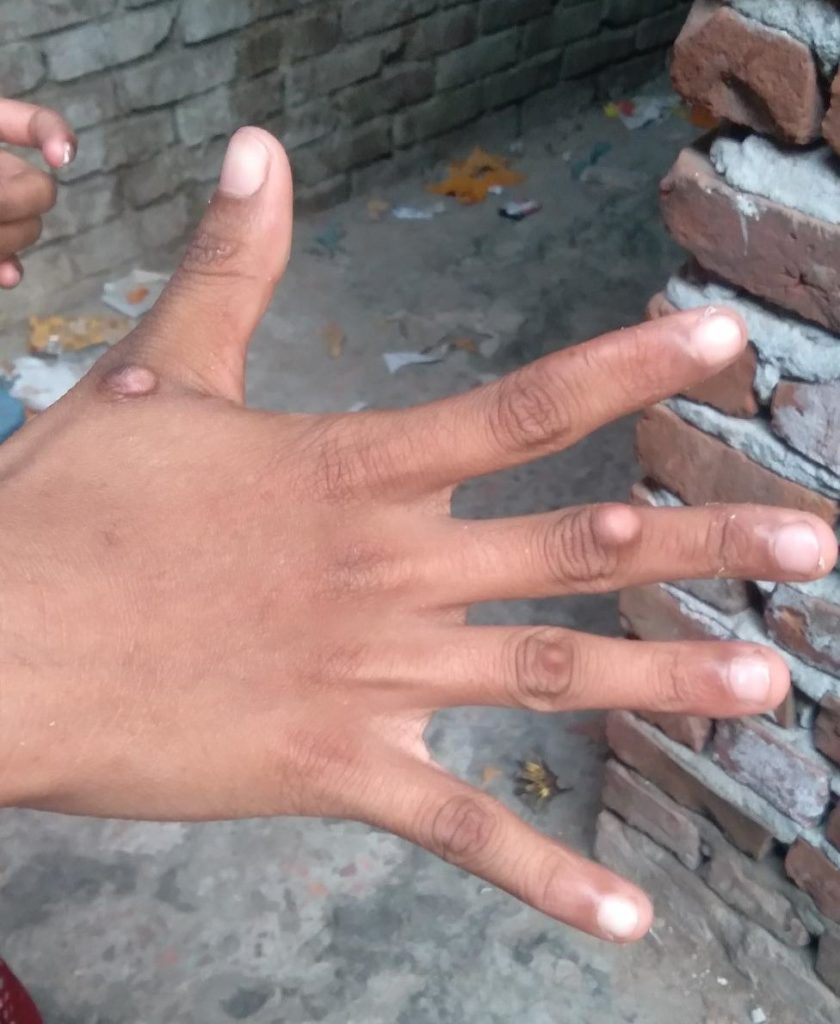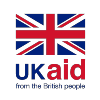“I feel safe while going to my workplace. But on my way back home, if it is late or even evening, I feel unsafe. I don’t talk with anyone even if anyone passes comments. Yesterday, I came back home at 8 pm and that was too dark outside. I was scared.”
This quote comes from a girl who took part in journey mapping in broader Hazaribagh in Dhaka, conducted by the CLARISSA Research Team from Terre des Hommes. The Community Mobilisers (CMs), front line staff working with the community in Hazaribagh, accompanied 10 children for 12 hours from morning to evening. During this time, they explored the physical environment, homes, and working environment which led children into the worst forms of child labour. CMs used GPS location trackers to record children’s journeys on a specific day and used software to explore how safe they felt in the neighbourhood through mobile phones. CMs also noted their observations throughout the day, giving additional insights about the neighbourhood. Below is a brief overview.
Light can change things
For girls, light determines their feeling of safety. They feel unsafe when it is dark even if it is the same place. All five girls shared that they felt unsafe or at risk on dark and quiet roads. The two pictures below are of the same road in Balurmath. During journey mapping, one of the girls reported that in the daytime it seems to be safe to move around. However, at night, when the road is dark, the girl feels quite unsafe. After the sun set, when it is dark, many boys gather here to hang out and gossip in this road and to smoke cigarettes or even something more.

During this journey mapping, two girls reported they felt unsafe in their own homes. One significant cause of this is darkness. With no electric lights outside the rooms or on the staircase, these areas of their houses are very dark even during the day. One girl reported that her mother had fallen down the stairs and broken her leg due to the darkness of the staircase in late evening. Another girl reported that she worries about leaving her room after sunset, because so many strange boys hang out inside the building. The CM witnessed this situation during the journey mapping, when three or four boys shone a light in their faces while the boys remained in darkness. The same girl told the CM about another risk posed by the darkness: one night, while carrying a hot curry pot from the ground floor cooking area to their second-floor residence, the pot slipped as the girl could not see clearly. Luckily, she was unharmed, but had to cook the meal again. She said:
“The most unsafe place for me is my home … the lane of the building is very big. There is no light at all. At night the place is very dark.”
Workplaces also change after sunset, becoming places for the children and teenagers to gossip and take drugs. In Balurmath, there is a field beside the river of Buriganga which is used for drying leather from sunrise to sunset. Many children (boys and girls) work here with their families. In the daytime, one side of the field is filled with leather. Everybody who works here is very busy, with no time to even talk to each other as their wage depends on their productivity. But immediately after sunset the scenario changes. Workers leave, all activities stop, and the field becomes dark. During journey mapping, the CM also left the site with a boy who worked in the field. After a few minutes the boy and the CM passed the field again and saw that there were small lights coming from cigarette sticks, along with the smell of cigarette and other types of smoke. Thinking about their safety, the boy and the CM did not stay for long.
What a hot day it was!
It was a very sunny and humid day, a perfect day leather drying. The people who were doing drying activities in the Balurmath beside the Buriganga River were quite happy, even though they were getting sunburnt. They were extremely busy, maximizing their productivity to earn more money. In the left picture, mobilisers noticed dogs were putting themselves in the river frequently to cool off from the scorching heat that day. But the workers had no time to care about themselves if they wanted to make money. A boy named ‘Sohag’ (pseudonym) was drying leather with his family. During the journey mapping with him, the CM noticed that he was sweating profusely, but he had no time to even notice.

Simple work can be worse for children
A girl earns a living using this hand in a small gloves factory. The CM noticed the boils on her hand but did not know the cause. Making gloves is often not considered hard work for children, but after journey mapping it became clear that simple work can be even worse for children. The girl shared that she cuts leather for gloves every day from morning to evening and for her, cutting leather is very hard. The scissors that she uses are heavy, and she reported that she often cuts her finger. Sometimes the cut is very deep. She said:
“If there is no need to use scissors in my work that would be safe. Several times in a month, I get injured. I go to medical stores. They give me oral medicine to reduce pain. After taking medicine and covering the injured place with cloth, I continue working.”

